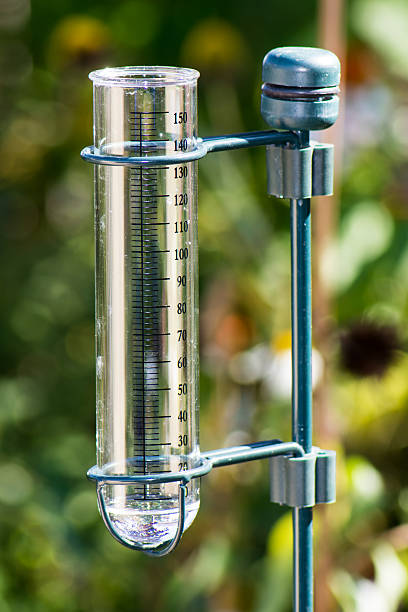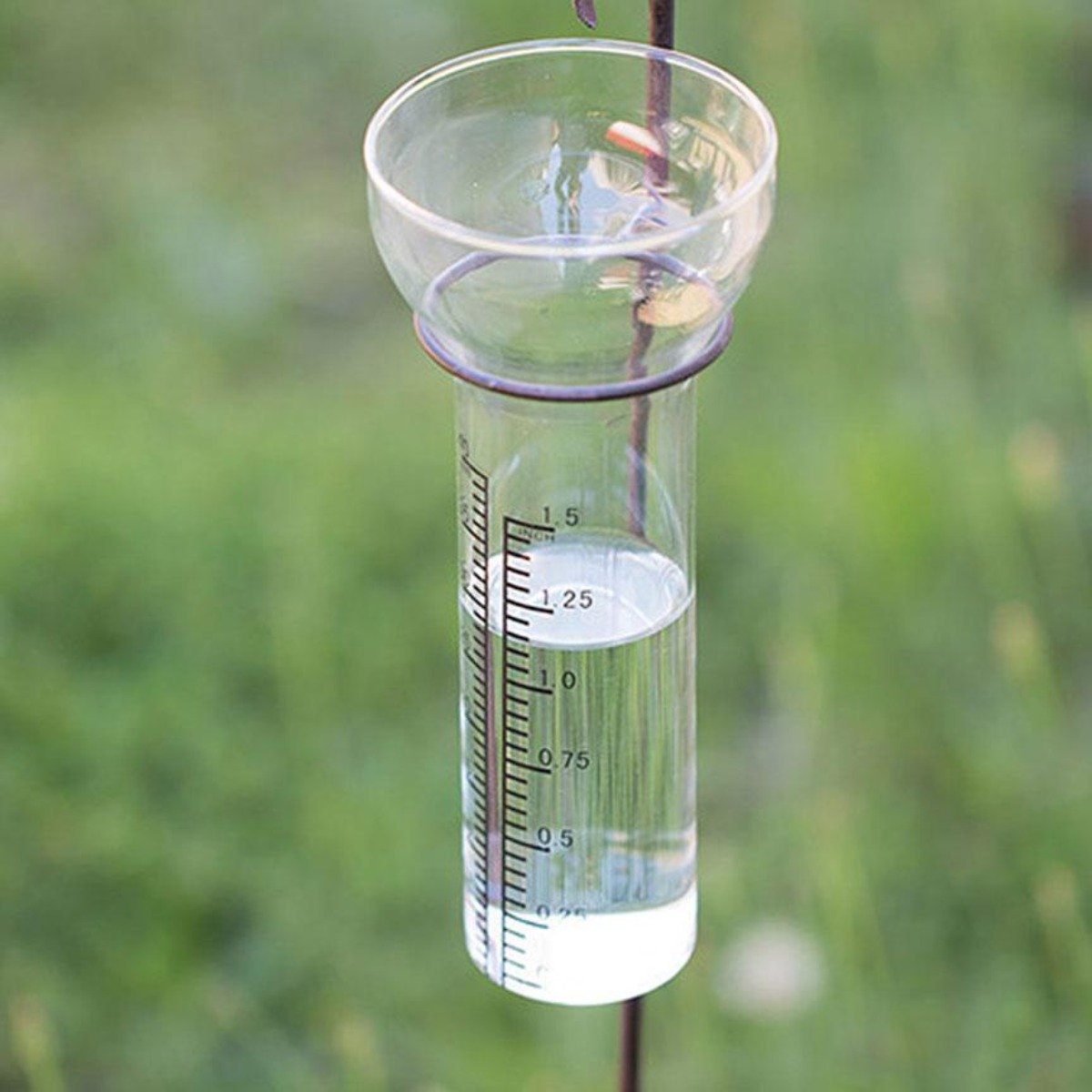The Rain Gauge: Empowering Neighborhoods with Specific Rain Information
The Rain Gauge: Empowering Neighborhoods with Specific Rain Information
Blog Article
DIY Rainfall Gauge: Simple Actions to Make Your Own
Are you curious about tracking rainfall in your area? Producing your very own DIY rain scale is a reliable and easy means to measure and tape precipitation. With simply a few typical products and some basic actions, you can quickly create your own rain scale at home. In this guide, we will certainly offer you with a detailed procedure to assist you develop your own rain scale. No need for any type of specialized expertise or equipment - this project can be finished by anyone. By complying with these basic instructions, you will certainly have a reputable device to measure rainfall and add to your understanding of the regional climate patterns. Allow's obtain begun on making your DIY rain gauge today!
Gather Products
To start building your Do it yourself rainfall gauge, gather all the required products using a detailed list of items. Having the best products on hand will make sure the effective creation of your rain gauge and permit for exact dimensions of rainfall. Collecting these materials ahead of time will certainly simplify the construction process and guarantee that you have whatever you require to produce your own DIY rainfall gauge.
Prepare the Container

Mark the Dimension Increments
To precisely measure the quantity of rainfall, accurately noting the measurement increments on your do it yourself rainfall gauge is vital. Without clear and accurate markings, it would be tough to determine the precise quantity of rainfall gathered in your rainfall gauge. Right here are the actions to mark the measurement increments on your rainfall gauge.
The most usual systems for gauging rains are inches and millimeters. When you have actually selected the device, use a long-term pen or water-proof paint to mark the increments on the side of your rain scale.
When noting the increments, it is essential to guarantee that they are uniformly spaced and plainly noticeable. Use a ruler or determining tape to make certain accuracy and consistency. Furthermore, make certain that the markings are immune to fading or abrading, as direct exposure to the components might cause them to weaken gradually.
Area the Rainfall Scale Outdoors
The rainfall scale must be put outdoors to precisely gather rainfall data. The location picked for the rainfall scale ought to be totally free and open from any obstructions that can possibly impact the dimension of rains. The Rain Gauge.
Furthermore, it is important to position the rain scale on a steady surface, such as a look these up level ground or a tough article. This will prevent any kind of activity or tilting of from this source the scale, which could lead to imprecise dimensions. It is likewise advisable to stay clear of putting the gauge near any kind of resources of man-made water, such as lawn sprinklers or water drainage systems, as this might disrupt the precision of the measurements.
Display and Record Rainfall Information
Regular surveillance and recording of rainfall information is necessary for precise information analysis and interpretation. By monitoring rains measurements, you can get beneficial insights into weather condition patterns, environment trends, and water resource management. To successfully monitor and tape-record rains data, it is vital to establish a regular and maintain constant techniques.
First of all, make certain that your rain scale is positioned in an open location far from obstacles such as trees or structures that might obstruct rains. In addition, see to it the rainfall scale is level and safely anchored to avoid any motion that might influence the accuracy of the dimensions.

When tape-recording the rainfall information, it is very important to keep in mind the day and time of each dimension. Use a ruler or a measuring stick to figure out the rains deepness in the rainfall scale, and document this details properly.
To make certain the precision of the measurements, it is suggested to empty the rain scale after each recording. This will certainly stop any type of overflow or evaporation from affecting subsequent dimensions.
Verdict
To conclude, find out this here creating a DIY rainfall gauge is a functional and easy way to check and tape rainfall information (The Rain Gauge). By following the actions described in this article, you can quickly gather products, prepare the container, mark the dimension increments, and place the rainfall gauge outdoors. Consistently keeping an eye on and tape-recording rains data can give important details for various objectives
Having the right products on hand will make sure the effective development of your rainfall gauge and permit for exact measurements of rains.To properly determine the amount of rainfall, accurately marking the measurement increments on your Do it yourself rain gauge is important.The rain scale should be put outdoors to properly collect rainfall information. The location chosen for the rainfall scale should be open and complimentary from any obstructions that could possibly influence the dimension of rainfall.In final thought, producing a DIY rainfall scale is a sensible and simple method to keep an eye on and videotape rains data.
Report this page